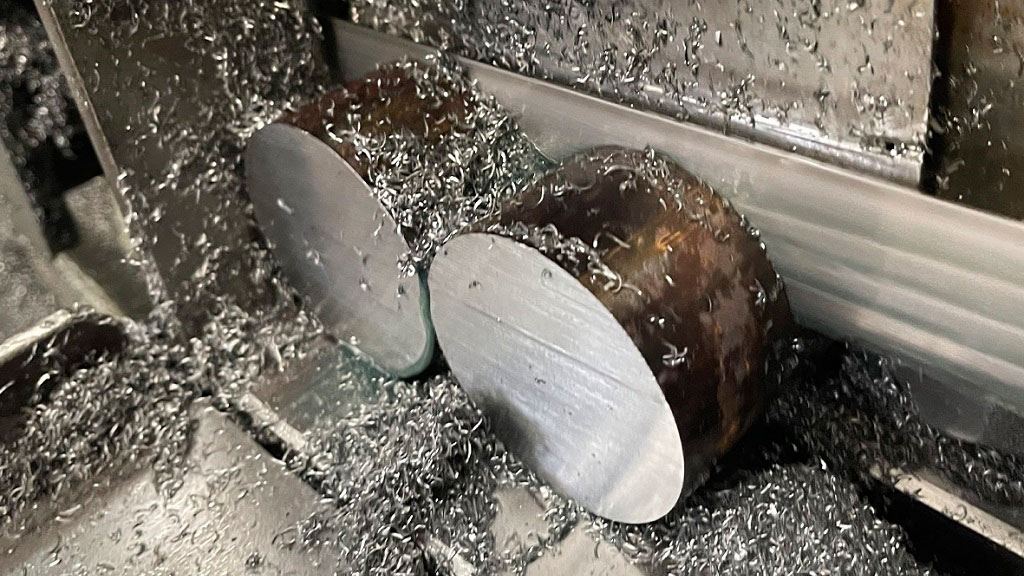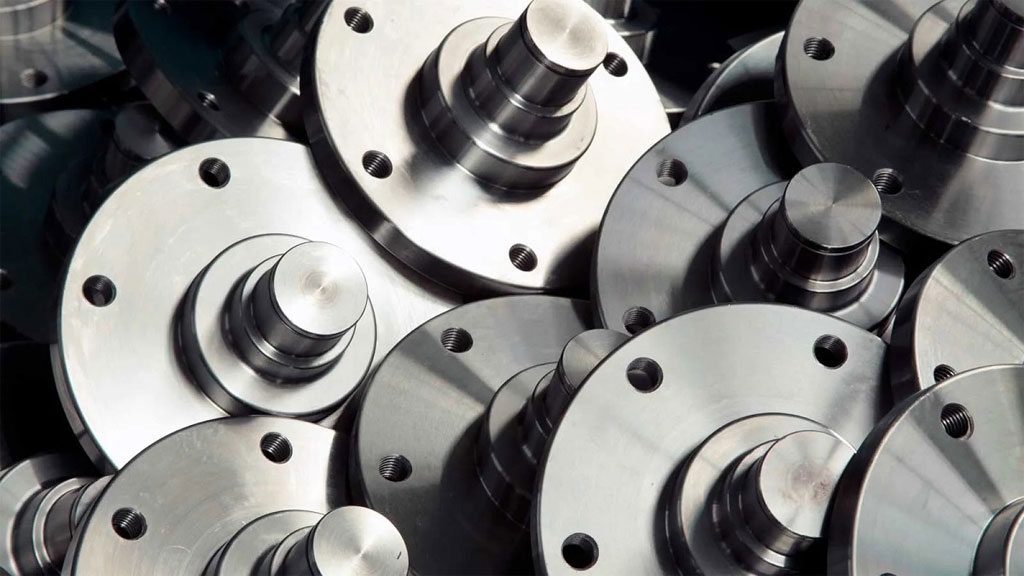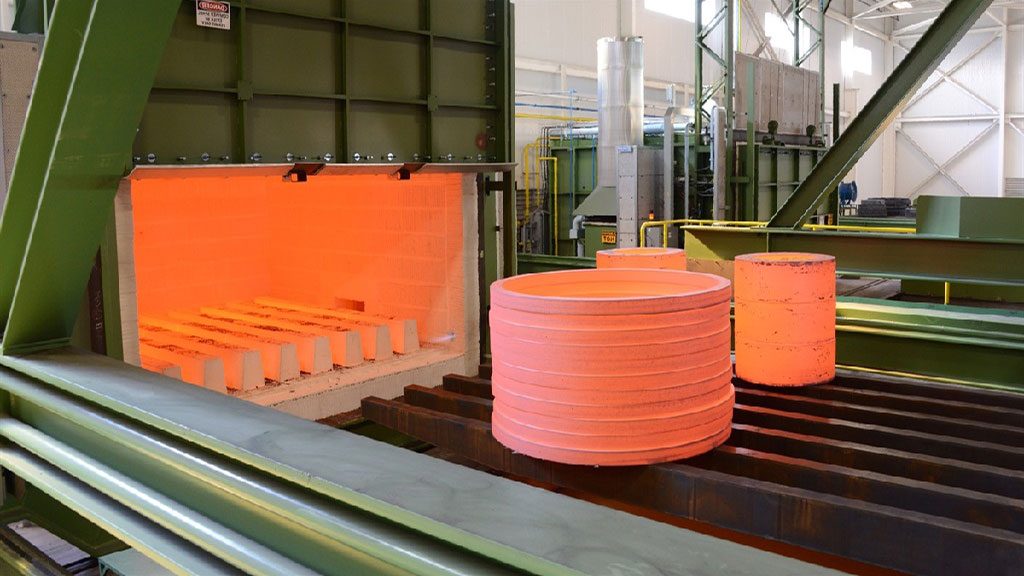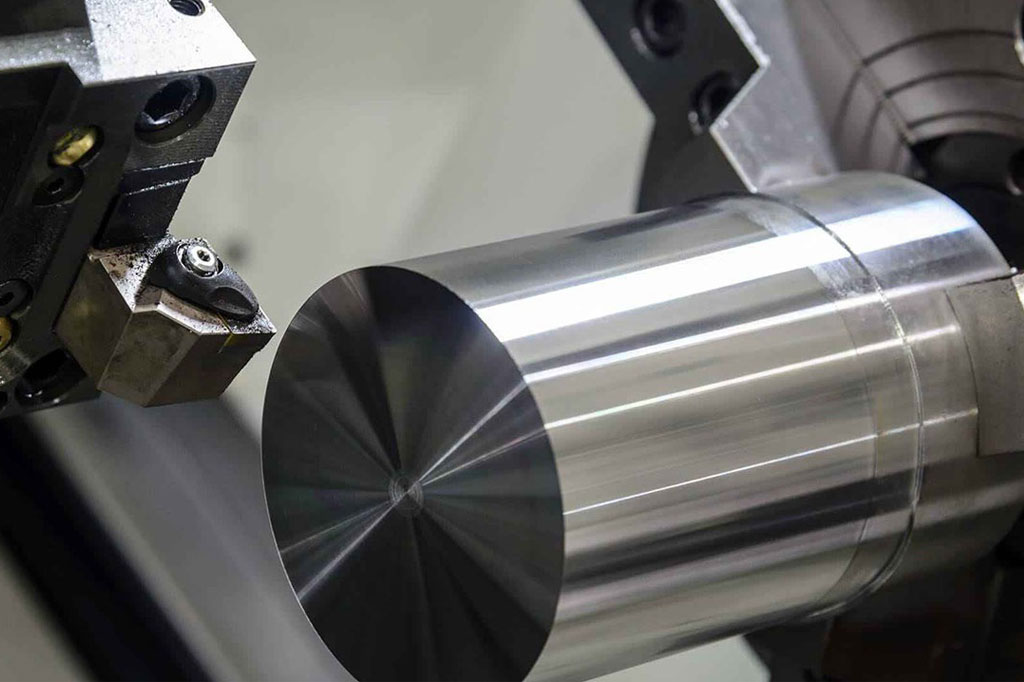The machinability of materials is a critical factor in determining the efficiency and quality of manufacturing processes. It refers to how easily a material can be machined to precise shapes and dimensions using tools like lathes, milling machines, or CNC machines.
This article delves into machinability ratings, materials with excellent machinability, factors affecting machinability, and ways to improve machinability in manufacturing.
1. Machinability Ratings
Machinability is often quantified using a rating system. These ratings allow engineers to evaluate the relative ease of machining various materials. The most commonly used machinability rating is based on the comparison to a baseline material, typically free-cutting steel.
In this system, a material with the same machinability as free-cutting steel would receive a rating of 100. Materials with higher machinability ratings above 100 are easier to machine, while those below 100 are more difficult to process.
These ratings take into account several machining characteristics, including:
- Cutting force: The amount of force required to cut the material.
- Tool wear: How quickly the machining tool deteriorates.
- Surface finish: The quality of the machined surface.
- Chip formation: How easily the material forms chips during cutting.
- Machining speed: The speed at which a material can be processed without compromising tool life or part quality.
2. Materials with Excellent Machinability

Some materials are known for their excellent machinability due to their physical and chemical properties. These materials allow manufacturers to achieve high productivity and superior surface finish, often reducing tool wear and the risk of part defects.
Here are some examples of materials with excellent machinability:
- Free-Cutting Steels: These steels contain sulfur or lead, which improves chip formation and reduces cutting forces. These materials are frequently used in the automotive and aerospace sectors for manufacturing highly precise components.
- Aluminum Alloys: Particularly 2011, 2024, and 6061 alloys, these materials are soft and have low cutting forces. They also produce fine chips, making them easy to machine and suitable for high-speed machining.
- Brass Alloys: Such as C360, have a low melting point, and their relatively low hardness reduces tool wear and allows for faster cutting speeds.
- Copper Alloys: Certain copper alloys, such as CDA 360, also offer great machinability. They are commonly used for electrical components and fittings.
- Cast Iron: Despite being more abrasive, gray cast iron offers excellent machinability due to its graphite content, which serves as a lubricant during the machining process.
3. Factors Affecting Machinability

Several factors influence the machinability of materials, and understanding these is crucial for optimizing machining processes. Some of the key factors include:
- Material Hardness: Harder materials require more force to cut and generally cause more rapid tool wear. Materials like tool steels and titanium alloys are known for being harder and more difficult to machine.
- Chemical Composition: Elements like sulfur and lead in steels or the presence of graphite in cast iron can significantly improve machinability. On the other hand, materials with high alloy content, such as stainless steels, can increase difficulty in machining.
- Microstructure: The machinability of a material is influenced by its grain structure and phase composition. For example, materials with a fine, uniform microstructure generally exhibit better machinability than those with coarse or mixed microstructures.
- Cutting Temperature: High cutting temperatures can cause thermal damage to both the material and the cutting tool, influencing machinability. Materials that generate less heat during machining, such as aluminum, are easier to machine compared to those like high-speed steels or nickel-based alloys.
- Tooling and Machine Settings: The choice of cutting tool material, geometry, and the machine’s capability also affect machinability. Using an inappropriate tool for a given material can lead to inefficient machining, poor surface finishes, and excessive tool wear.
4. How to Improve The Machinability

Enhancing machinability can lower manufacturing costs, boost productivity, and improve the overall quality of parts. Several strategies can be implemented to enhance the machinability of materials, including:
- Material Selection: Opt for materials with inherent machinability advantages, such as free-cutting steels, aluminum alloys, or brass. If possible, select materials that are less abrasive and have optimal chemical compositions for machining.
- Heat Treatment: Materials can be heat-treated to enhance their machinability. For example, softening the material through annealing or normalizing can reduce hardness, making it easier to machine.
- Lubrication and Coolants: Using appropriate coolants and lubricants during machining helps dissipate heat, reduce tool wear, and improve surface finish. Water-based coolants or oil-based lubricants can reduce friction and extend tool life.
- Tool Material and Coatings: Using tools made from advanced materials like carbide, ceramics, or coated high-speed steels can enhance the machinability of harder materials. Tool coatings like TiN or TiAlN help reduce friction, increase hardness, and prolong tool life.
- Pre-machining Processes: In some cases, using pre-machining processes such as grinding or waterjet cutting can help shape the material into a more machinable form, reducing the strain on cutting tools during final machining.
- Proper Machine Maintenance: Keeping machines in optimal working condition ensures that they can operate at higher speeds with greater accuracy, leading to better results in terms of surface finish and part quality.

